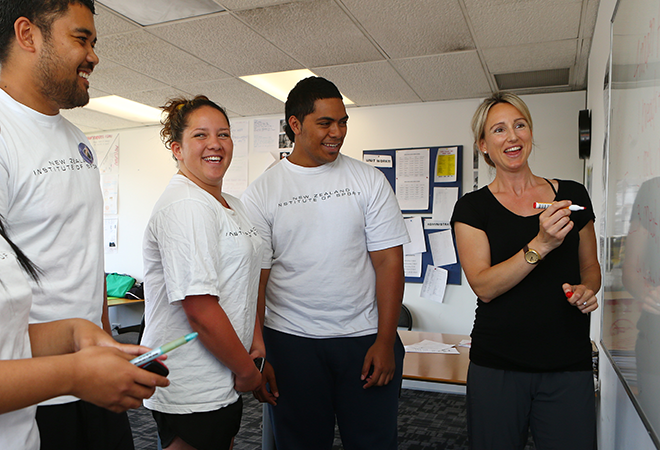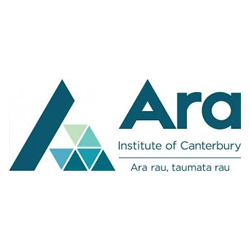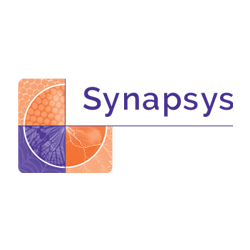
Developing an Electronic Teaching Resource: Using an Interactive White Board
Status
Completed: 11 September 2012
Project Details
A project, completed in 2012, to explore the use of Interactive White Boards (IWB) as a tool to capture the lesson structure of particularly skilled tutors and repackage it as a refined, coherent teaching resource that may be shared with other tutors to enhance students learning. A project undertaken by Christchurch Polytechnic Institute of Technology with the assistance of Synapsys NZ Ltd.
Aims:
The main aims of the project were to:
- enable trade tutors to improve their teaching delivery and share best practice concepts and ideas with their peers
- access trade tutors’ ideas for teaching their students skills and numeracy related to their trade and sharing these teaching strategies with the tertiary sector
- assist anyone wishing to develop a resource using the Interactive White Board – the use-oriented document provides clear and encouraging directions, using everyday language.
Methodology:
The project methodology is based on a descriptive case study approach which involved:
- a brief review of the literature
- the teacher using an IWB to teach a skill
- the IWB file from this lesson providing the raw data to be analysed and transformed into a reusable teaching object (RTO)
- journaling the process and using this record to assist with building guidelines to describe the process.
Team

Barry Dowrick
Project Leader
Christchurch Polytechnic Institute of Technology (now Ara Institute of Canterbury)
Selena Chan
Christchurch Polytechnic Institute of Technology (now Ara Institute of Canterbury)
Phil Garing
Synapsys NZ Ltd
Steve Gallagher
Synapsys NZ LtdStatus
Funding
$10,000.00 (excl GST)
Key Findings
The key findings from the project included:
- The author made three observations which led to the development of the guide: First, as tutors/teachers isolated in the classroom, it is easy to be unaware of colleagues ‘masterful’ teaching. Secondly, digital technology and blended learning has the potential to improve students’ learning by allowing virtually free repetition of delivery and the possibility of providing for a greater range of learning styles. Finally, the digital white board has meant that it is easy to seamlessly capture lessons for further use.
- The intention of the guide is to show tutors and teachers that sharing ideas about teaching and learning can be fun, surprisingly effective and cheap. By making sets of video clips that are well designed and easy to access, good practice may be shared with other teachers of the same topics or with their students as revision.
- The reusable teaching object (RTO) created by the process described through completion of this project, enhanced students’ learning of numeracy by creating images and virtual 3D constructs. The students learn the specific skill of using maths and geometry to build stairs but more generally to recognise numeracy as a problem-solving skill that they may be able to apply in other contexts. The value and appeal of developing numeracy skills will also be more convincingly demonstrated.
- This project contributes to the improvement of teaching practice by providing a structure in which tutors are able to reflect on practice while working through the guidelines presented in the report and think about how to structure their lesson in a way that is able to be captured and logically recreated as an RTO. Therefore, this project contributes to more methodical development of learning resources based on sound pedagogical theory.
Key Recommendations
The key recommendations from the project included:
Assistance with the development of quality resources | Tutors/trainers often need to develop resources themselves or with limited support. The guidelines provided in this project, provide a process to assist with the development of quality resources for use with and without IWB. This may lead to an increase in the pool of freely available and shared quality multimedia teaching resource packages. Successful use of the guidelines developed here has the potential to enable talented tutors currently working in isolation to share some of their talent.
Integrating the IWB into practice | As the technology that this project is based on becomes more widely available, practitioners will benefit from the availability of RTOs and guidelines to help ‘integrate’ the IWB into practice and ultimately, potentially ‘transform’ teaching into a rich and dynamic multimedia interaction with students.
A research report prepared by Barry Dowrick.
(PDF, 700 KB, 29-pages).
- 1 January 2012